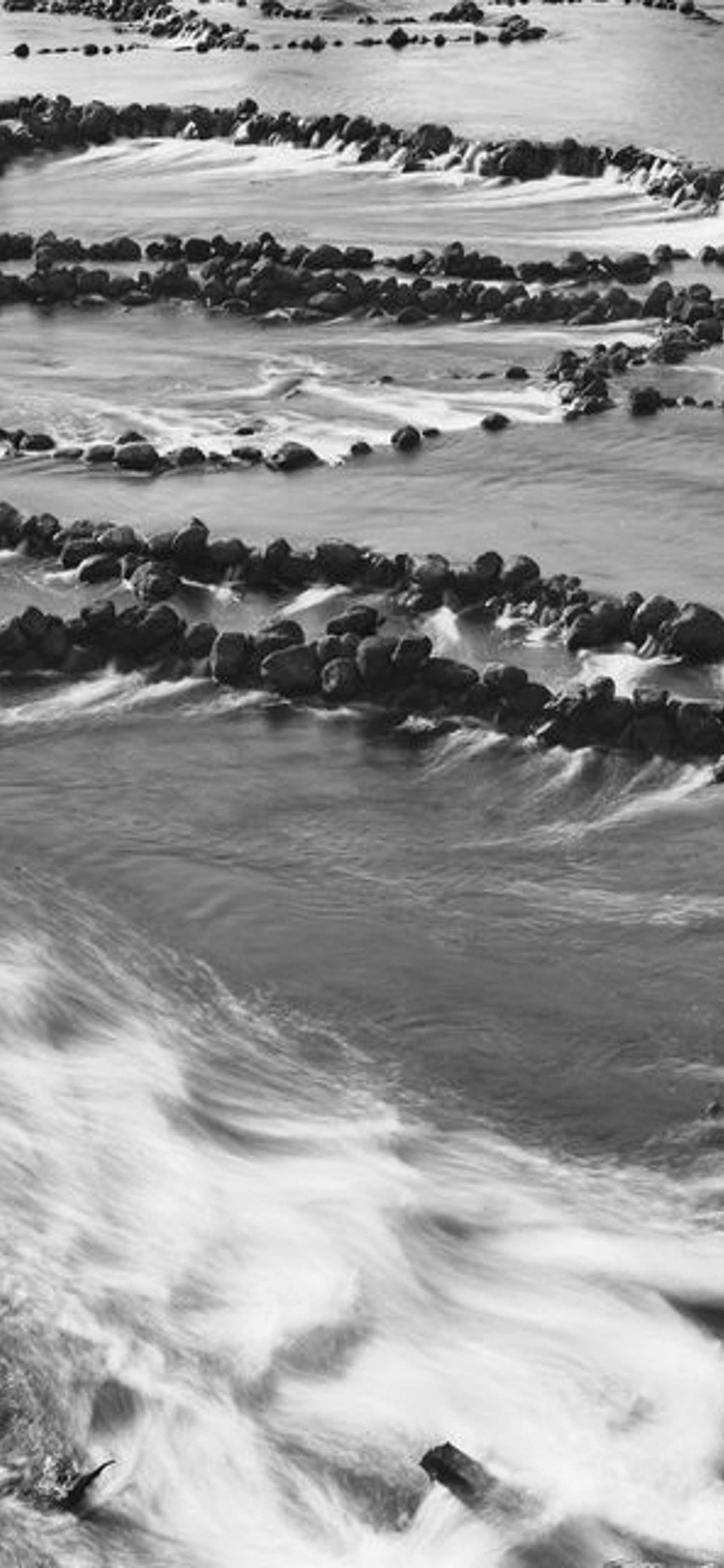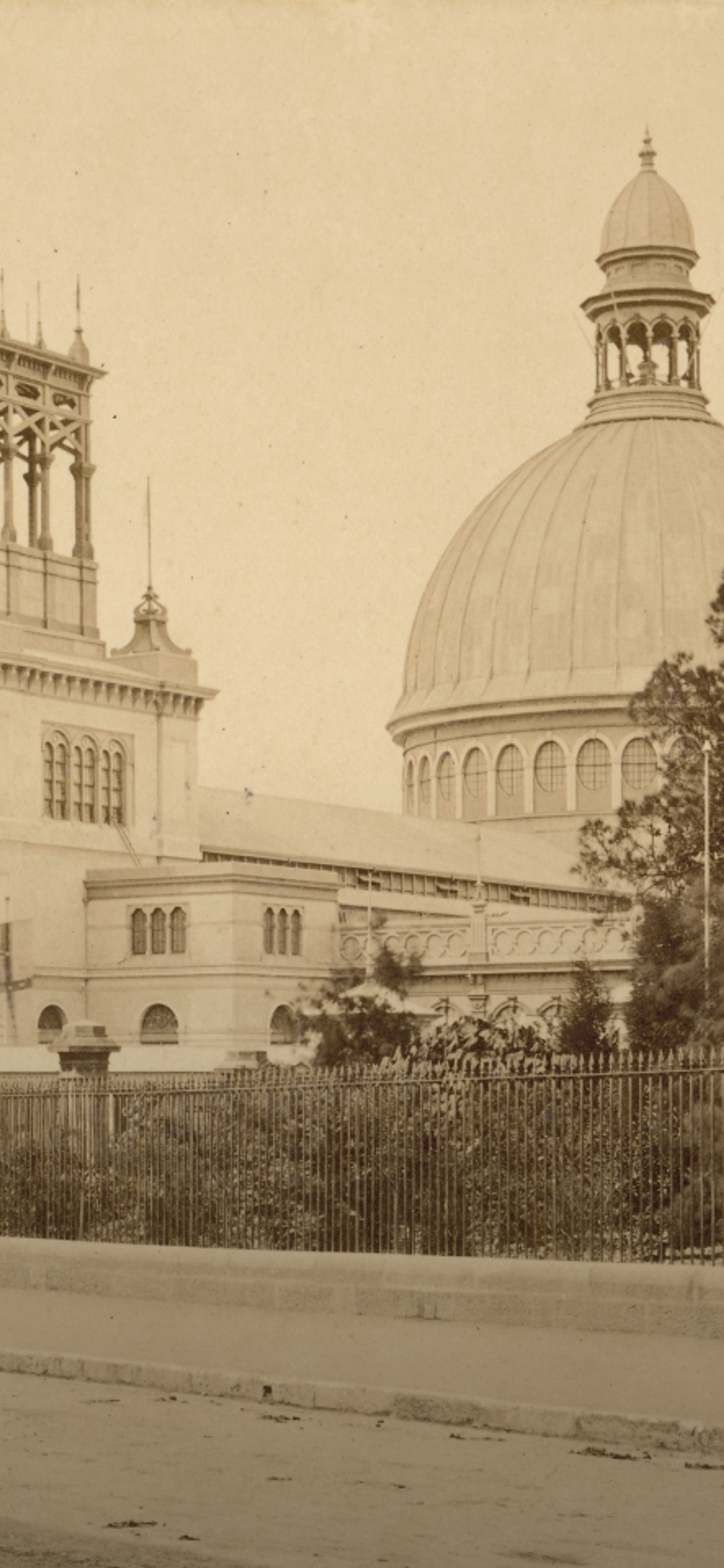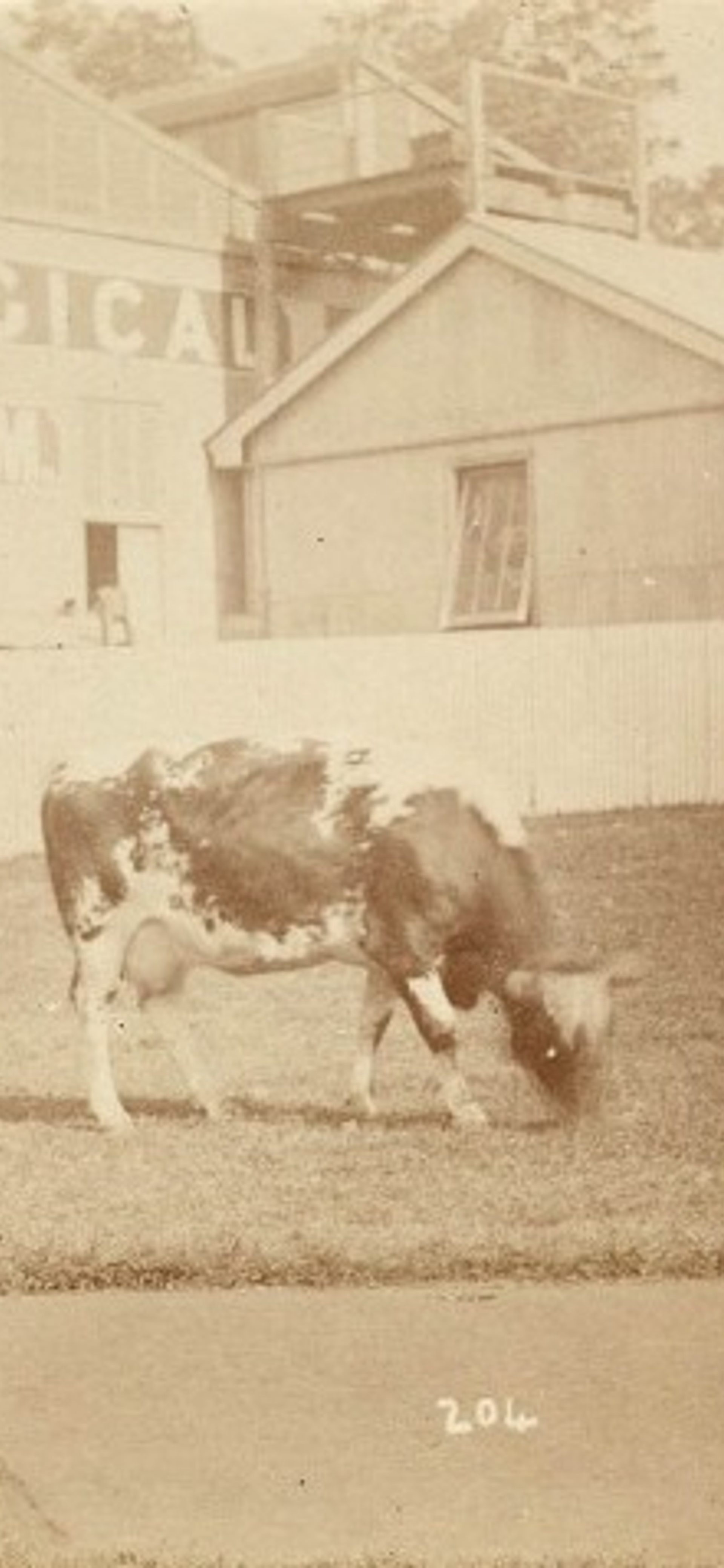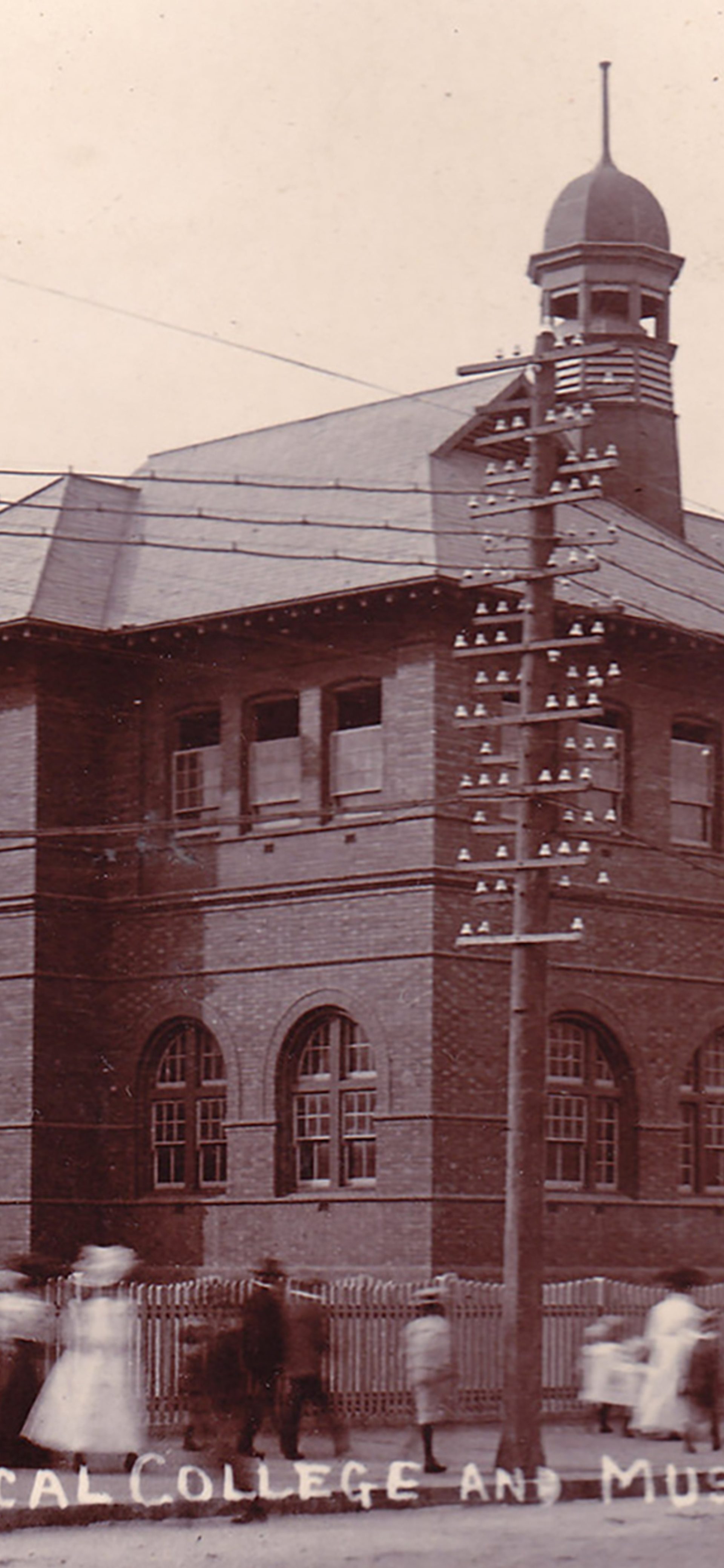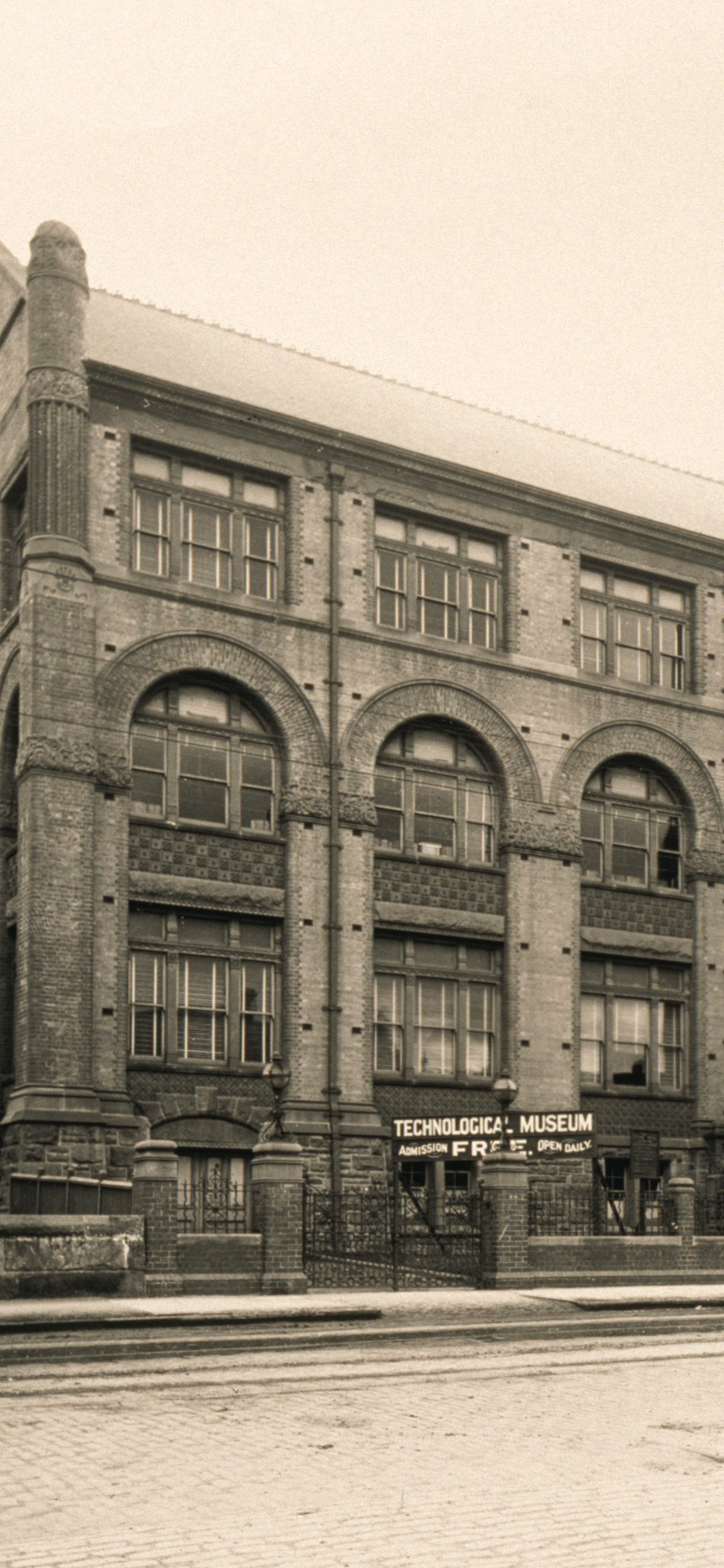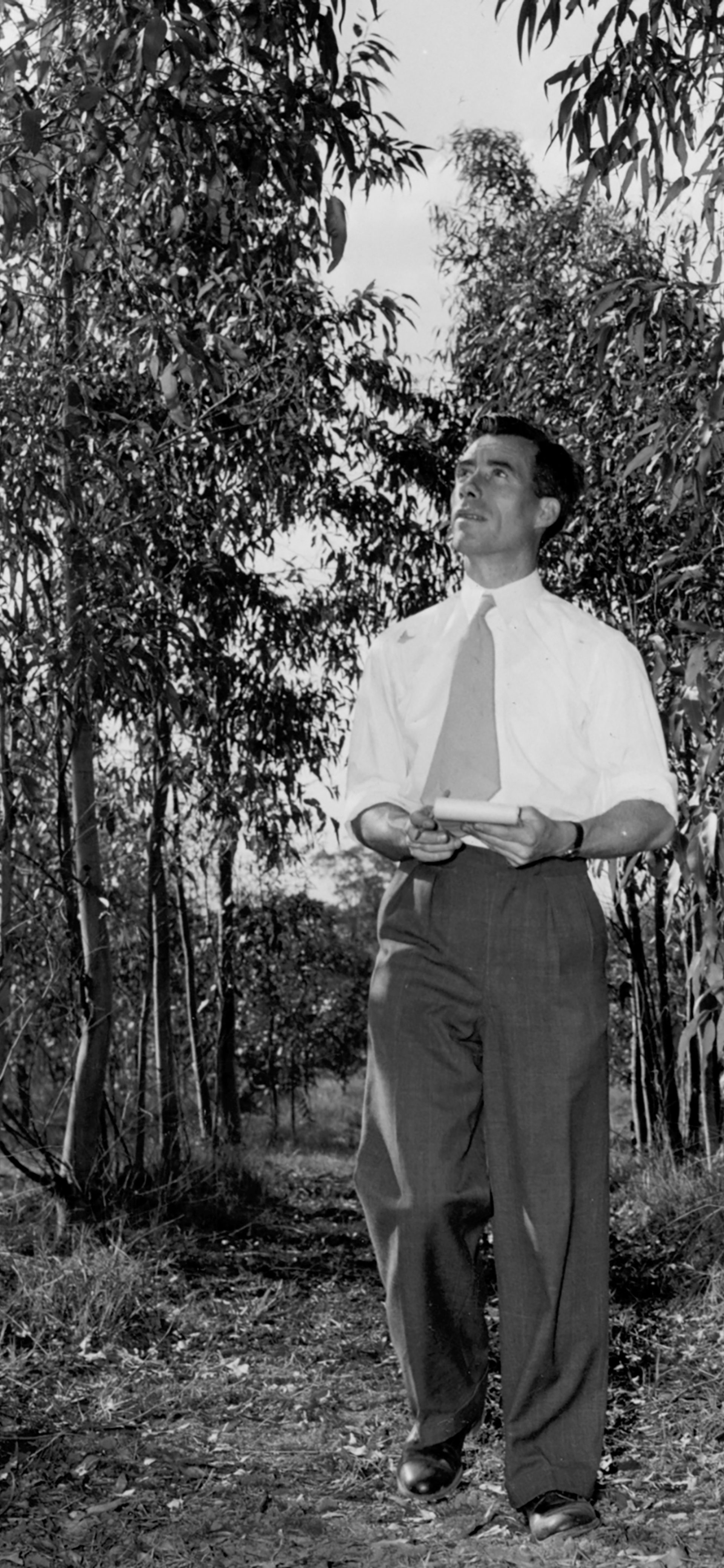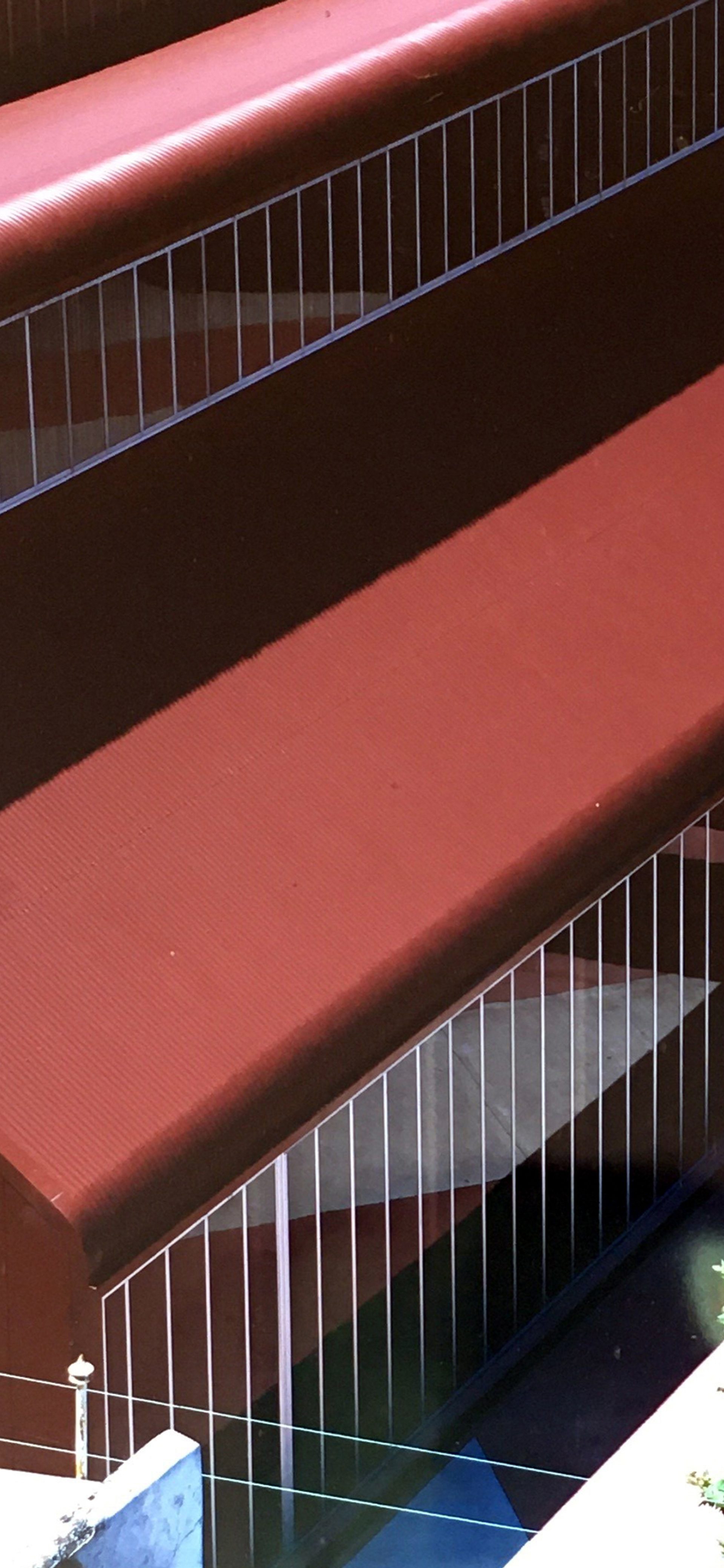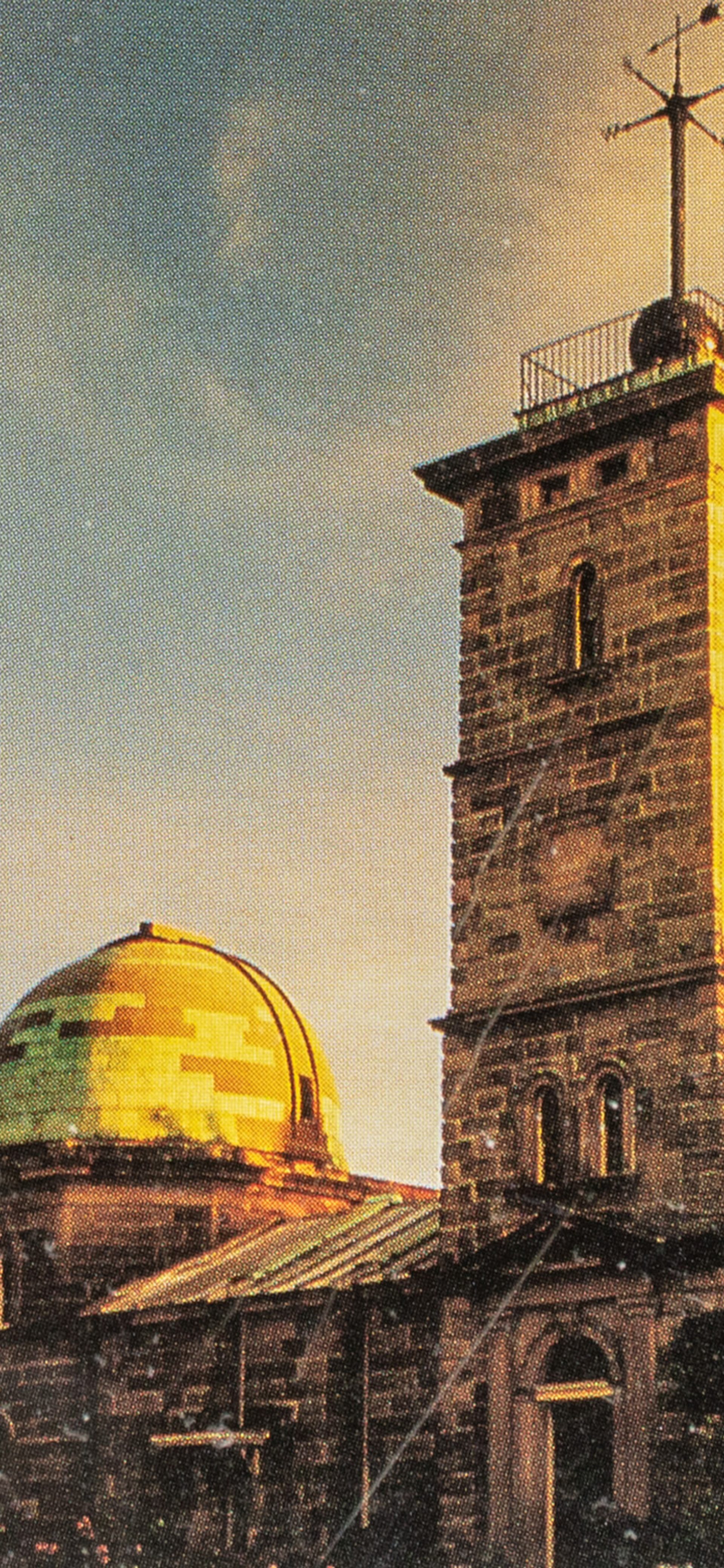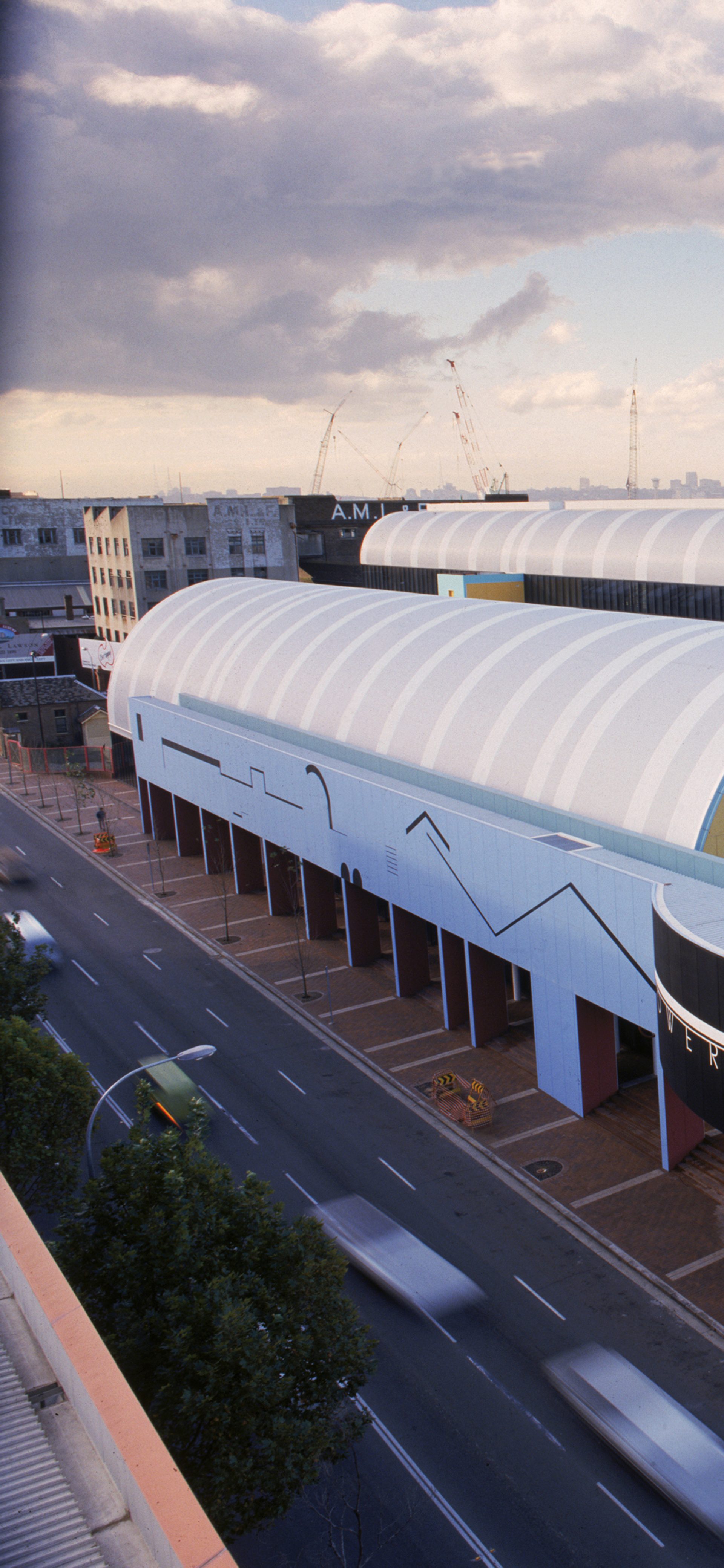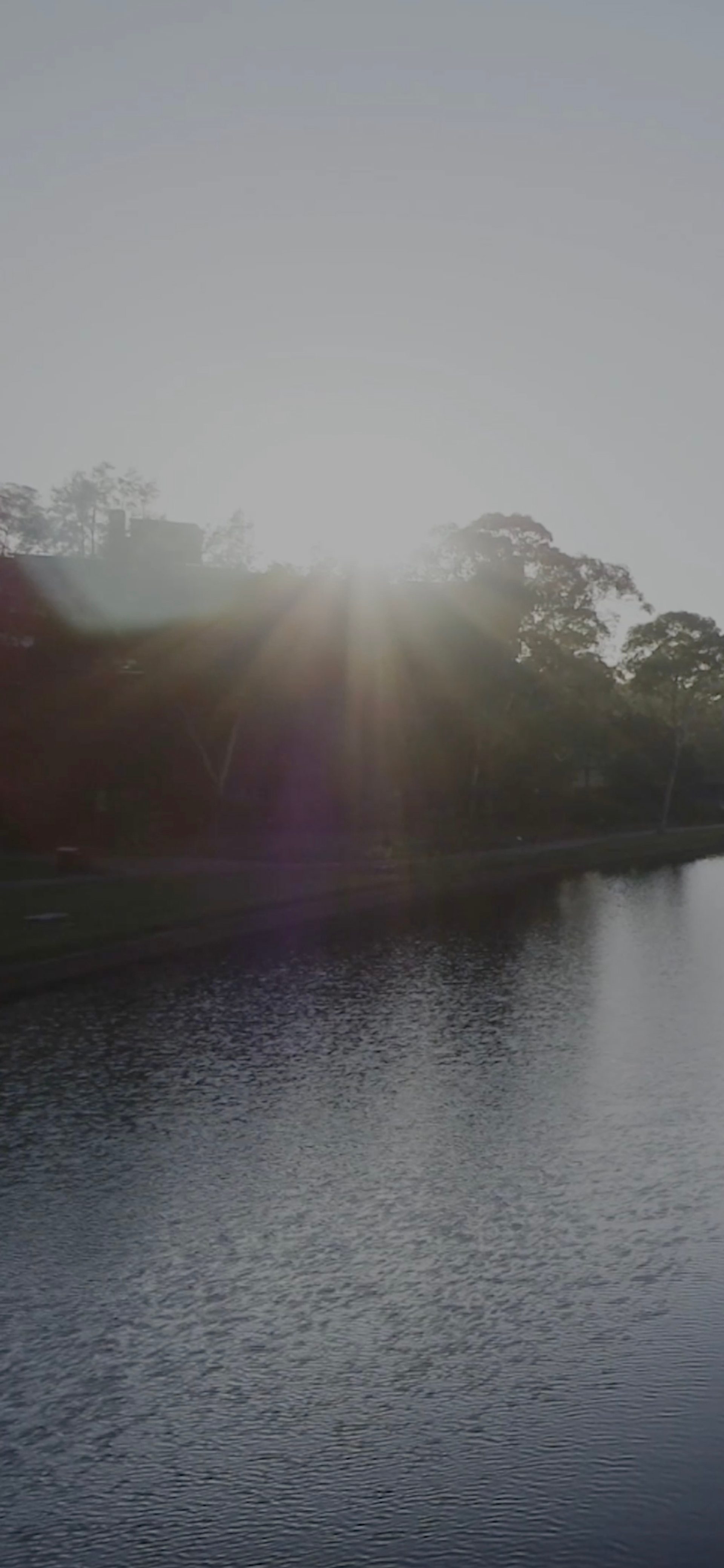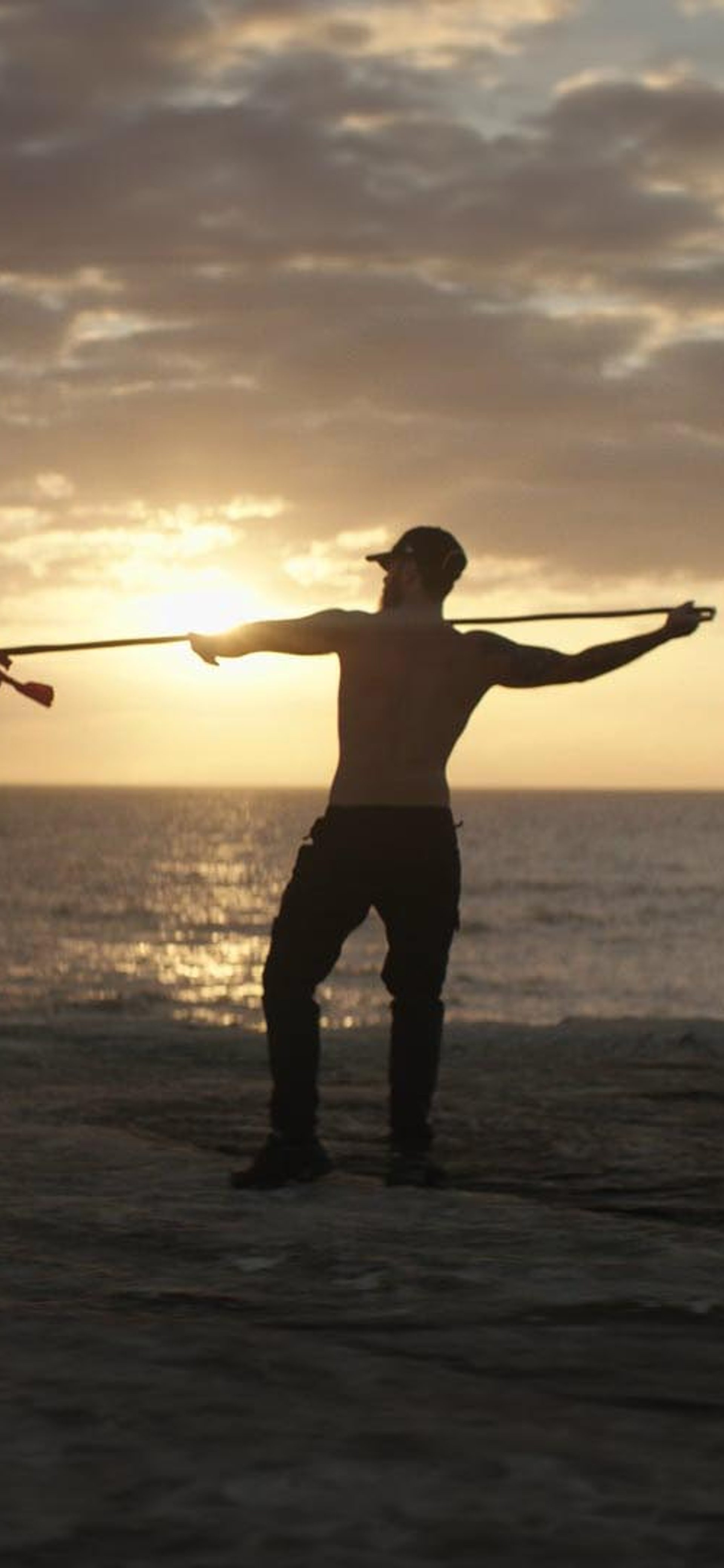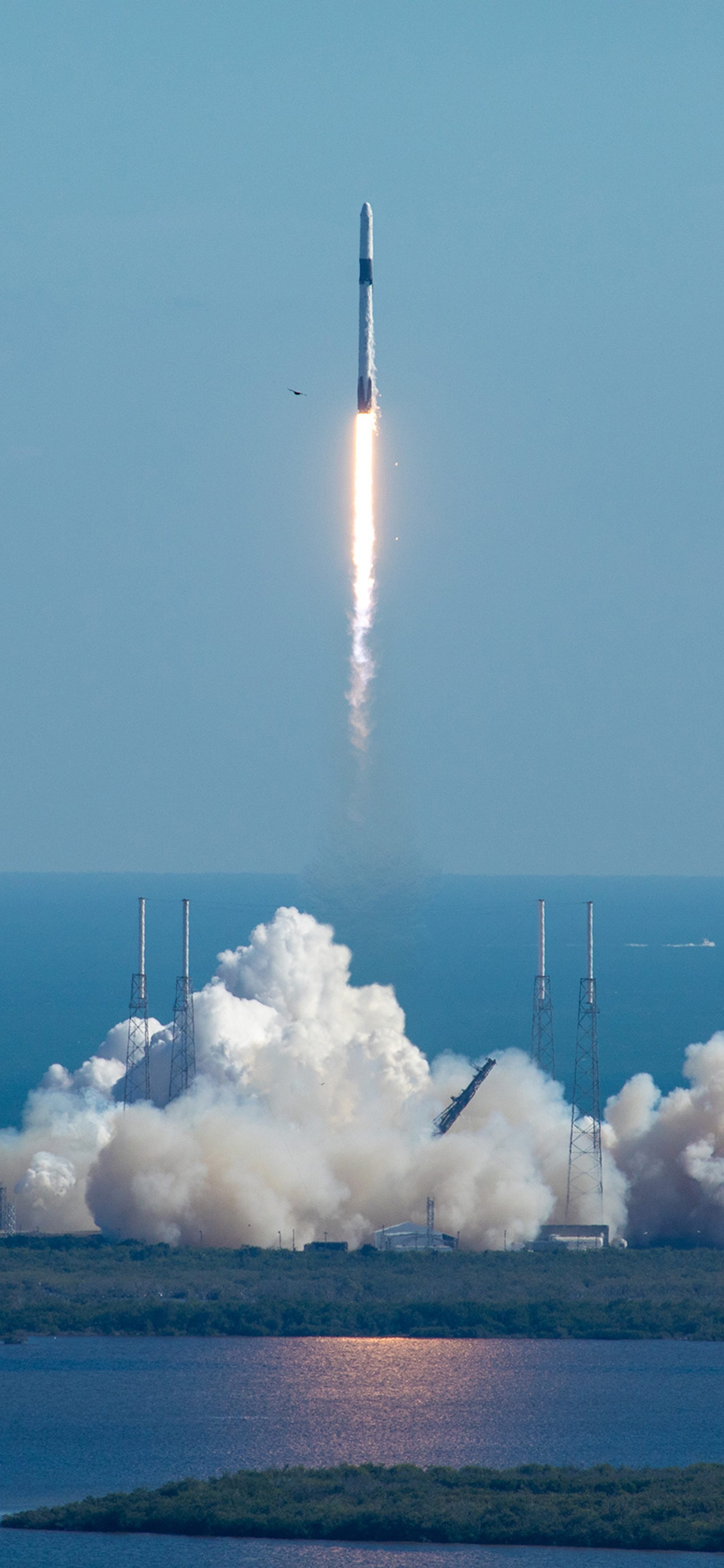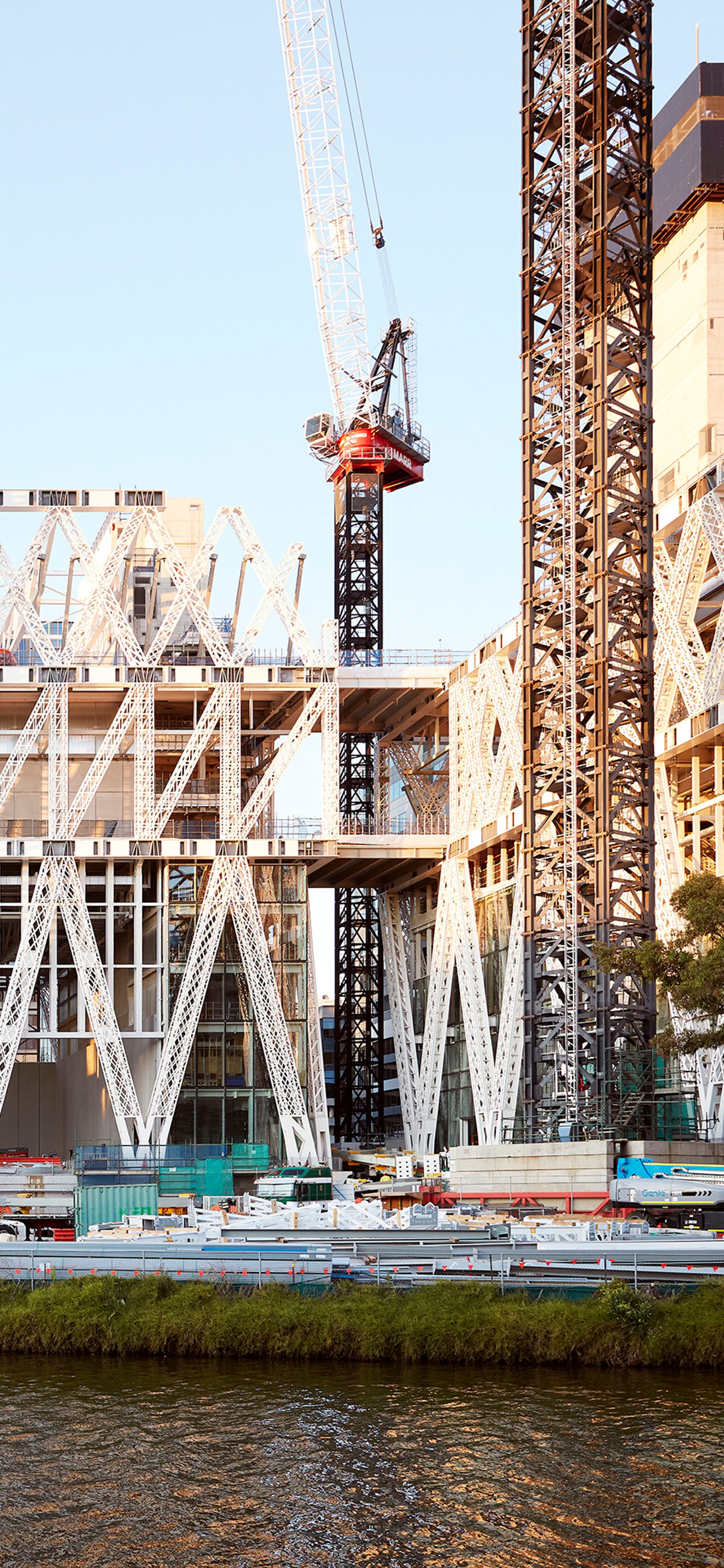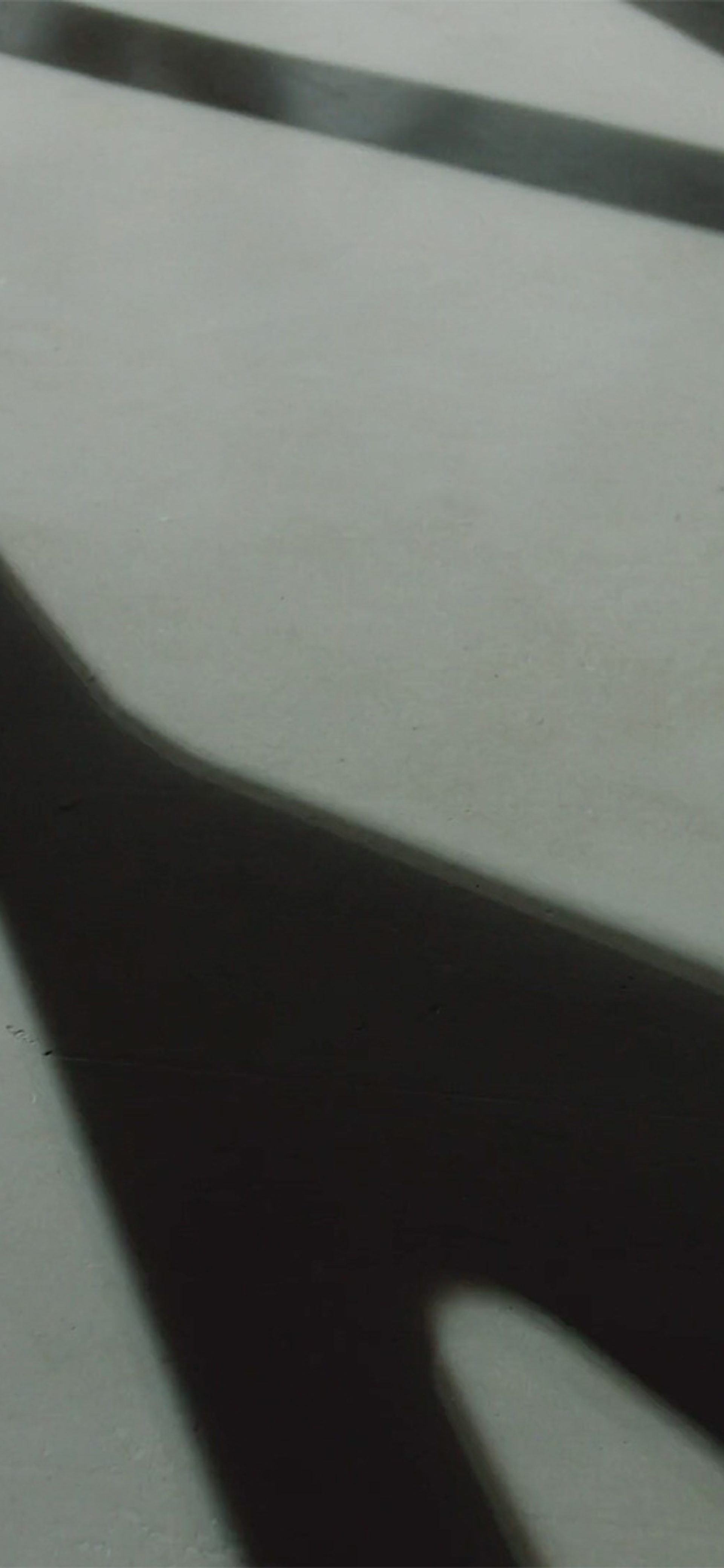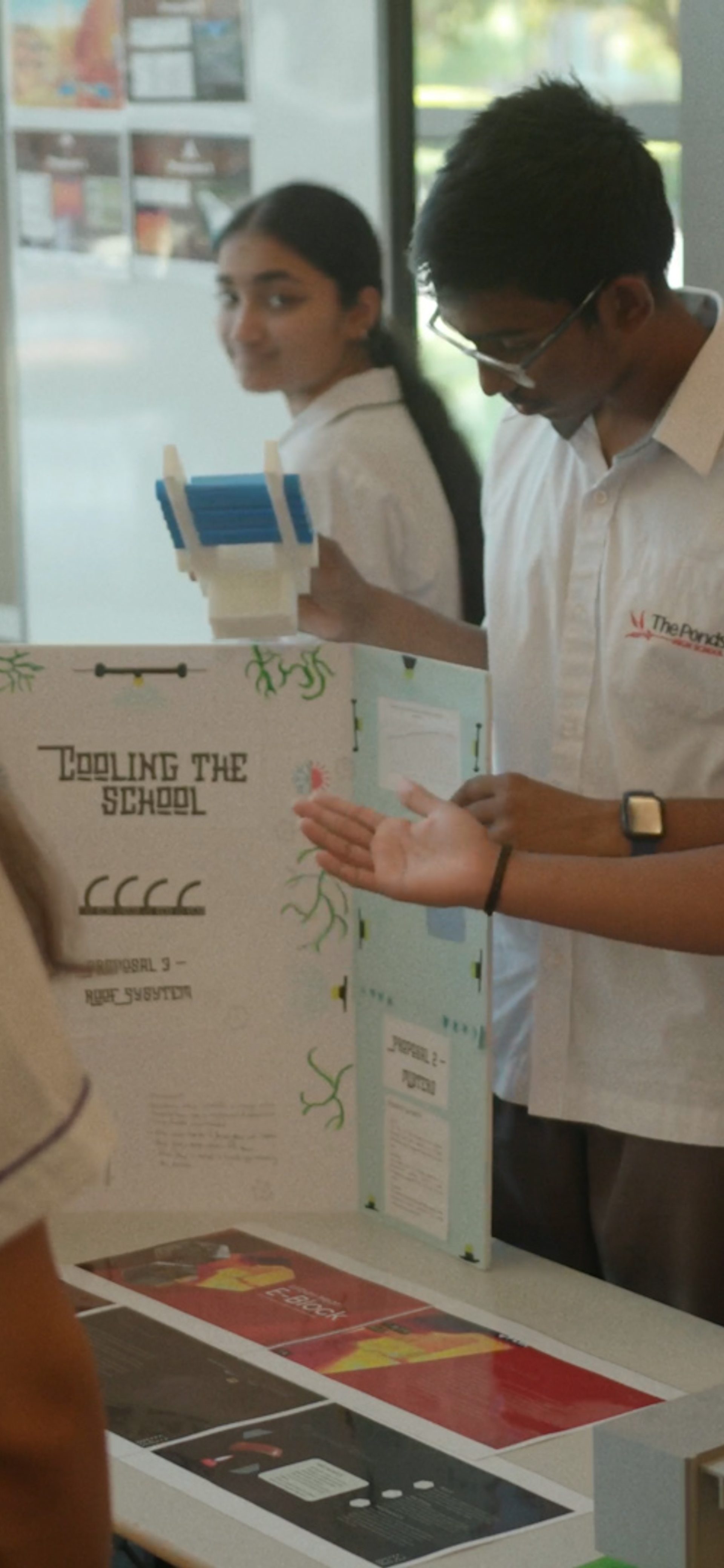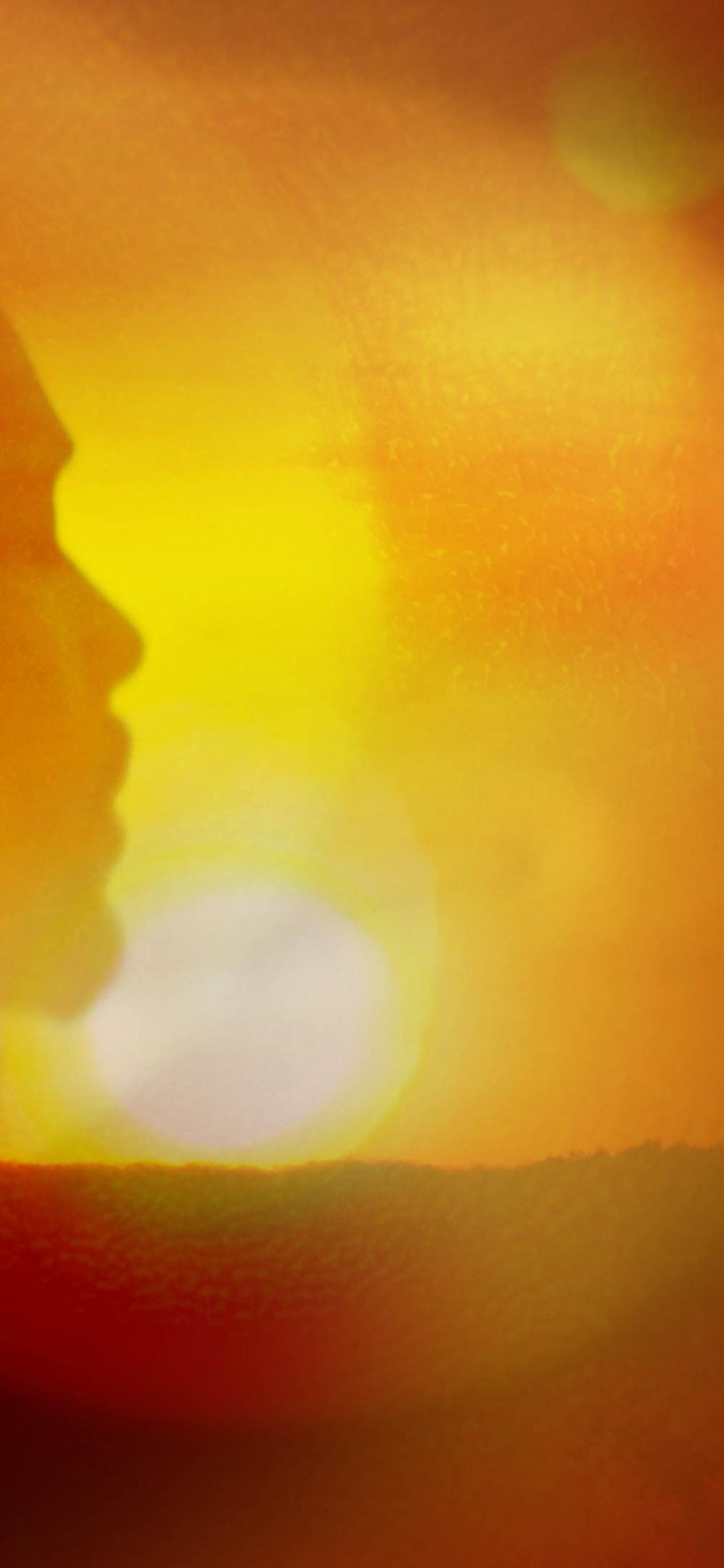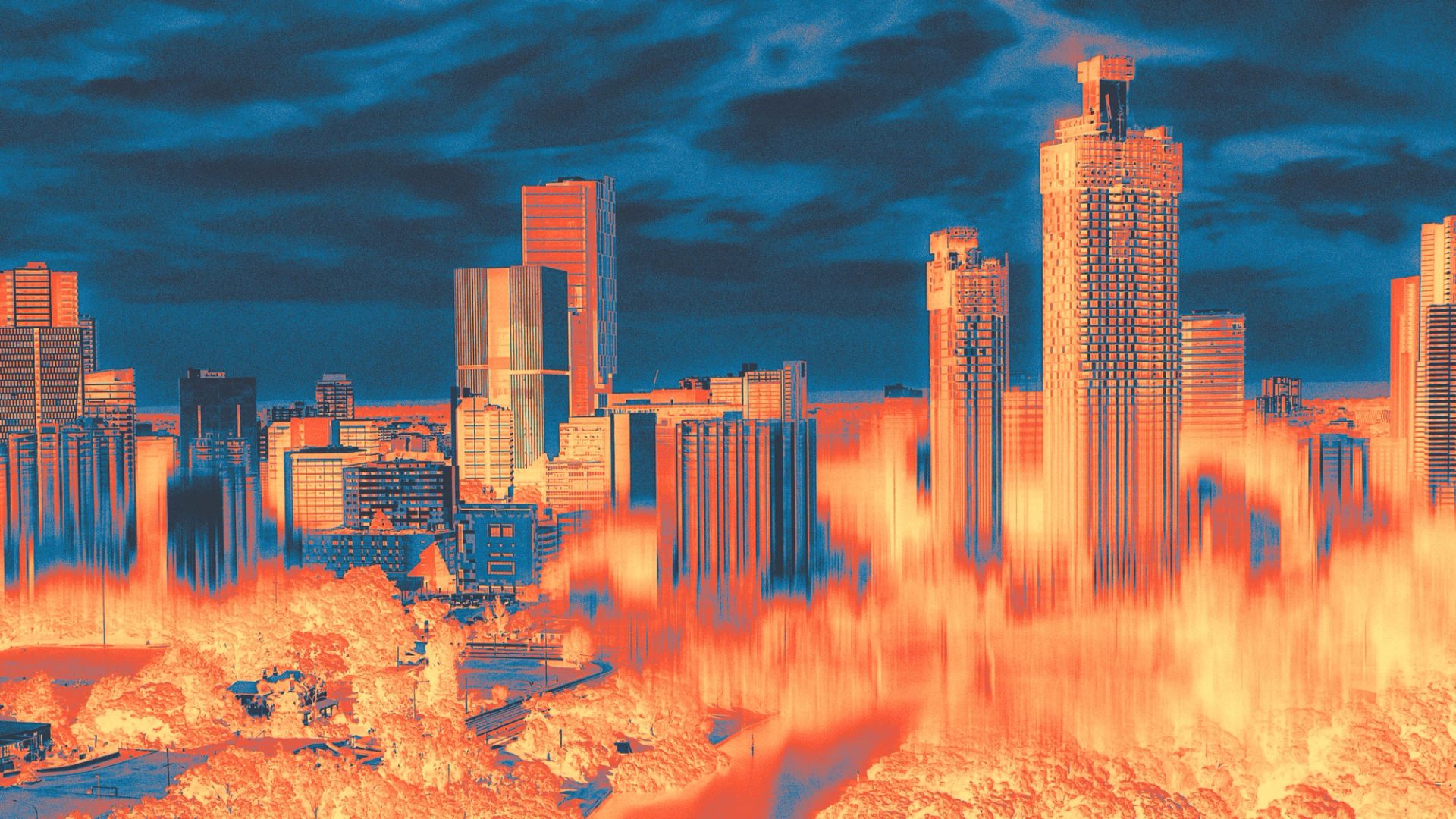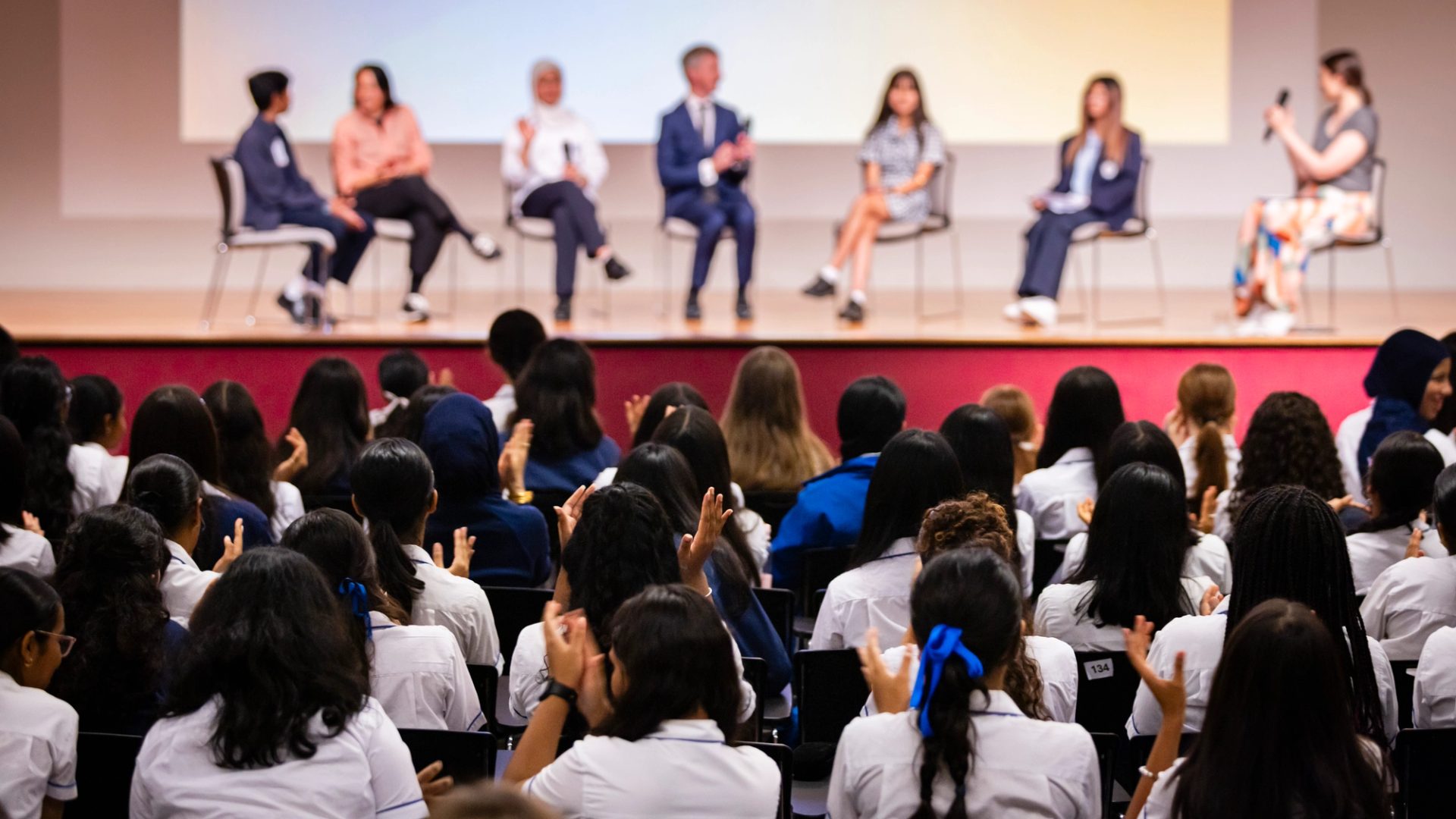Sparking Change

Heat is one of the central challenges of the 21st century. As global temperatures continue to rise, hot days are getting hotter and heatwaves are becoming more frequent, longer and more intense. In some parts of Australia, there are already nine times more days over 45°C than there were in the 20th century, and that is only going to continue: over the next 50 years, the frequency and duration of heatwaves in Sydney are set to double.
Living in a hotter world isn’t just uncomfortable, it’s actively dangerous. In the United States, heat kills more people than all other extreme weather events combined, while in Australia heat accounts for almost 80% of hospitalisations from extreme weather. Extreme heat increases the risk of mortality, especially for the elderly, exacerbates the effects of chronic illness, reduces educational outcomes and pushes up rates of domestic violence.
Although heat affects everybody, it hits some communities much harder than others. That won’t come as news to residents of Western Sydney. Too far from the coast to receive the sea breezes that cool the eastern part of the city, much of Western Sydney is also located in a natural basin that traps the heat. Together with the urban heat island effect caused by dark roofs and materials such as asphalt and concrete, this means average temperatures in Western Sydney are 5°C higher on hot days than they are in central Sydney, with temperatures in some areas frequently rising even higher: when Penrith hit 48.9°C in January 2020, parts of Berkshire Park were 52°C.
Giving communities the tools they need to adapt to such extreme conditions is vital. A powerful example of just how much can be achieved took place on 11 April 2025, when more than 600 Year 9 and 10 students from Western Sydney high schools gathered at Western Sydney University for a Climate Summit.
The event was the culmination of 50°C: Climate, Heat and Resilience (50°C), an innovative new program developed by the Lang Walker Family Academy and Powerhouse, supported by the Office of the NSW Chief Scientist and Engineer. 50°C combines elements of geography, science, visual art, English, design and technology to help students understand the effects of heat and various responses to its challenges.
But 50°C also goes well beyond the classroom. As Sophie Poisel, Head of the Lang Walker Family Academy, puts it, 50°C is focused on ‘empowering young people in Western Sydney to take leadership on climate issues that are affecting them’.
The program is built around 10 week-long modules that examine heat from a variety of angles. Alongside these, students carried out extensive fieldwork using data loggers and thermal cameras. With the assistance of academics at Western Sydney University, the information they gathered was combined with heat data supplied by the City of Parramatta, Blacktown City Council and Cumberland City Council to construct heat maps of their schools. This information was then used to develop projects designed to mitigate the effects of heat.
The projects presented at the 50°C summit were a remarkable demonstration of just how much young people can achieve when given the opportunity. Students at Doonside Technology High School proposed measures that included increasing tree canopy cover from 12% to at least 30%, improved shading and the creation of a dedicated cooling area on the school’s basketball courts. At Seven Hills High School, students suggested planting trees to shade their basketball courts. Students at James Ruse Agricultural High School took a more technology-driven approach, designing a solar-powered cooling solution for their school’s grandstand, while students at Arthur Phillip High School devised an integrated proposal that combines solar power, heat-reflective building materials and living green walls to create a cooler and more energy- and water-efficient school environment. Other projects included proposals for retractable shade sails at The Ponds High School and the rollout of water-misting stations at Macarthur Girls High School and The Ponds.
Students also explored strategies aimed at supporting communities through better information and education. At Doonside, for instance, students focused on strengthening community resilience by developing messaging in Farsi, Tagalog and Sāmoan about how to prepare for and manage heat, while students at Macarthur Girls created social media strategies to increase public awareness of the effects of heat on health.
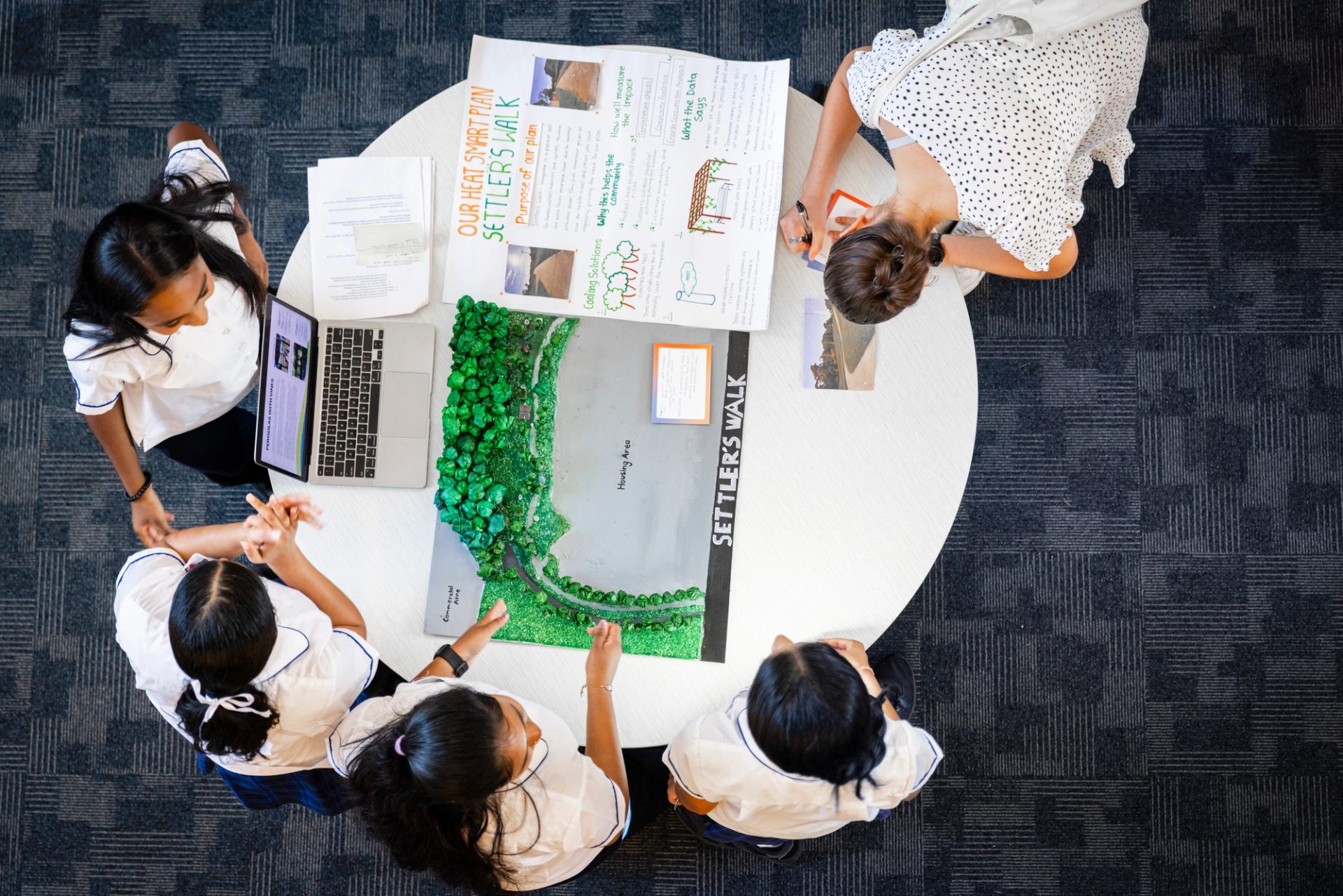
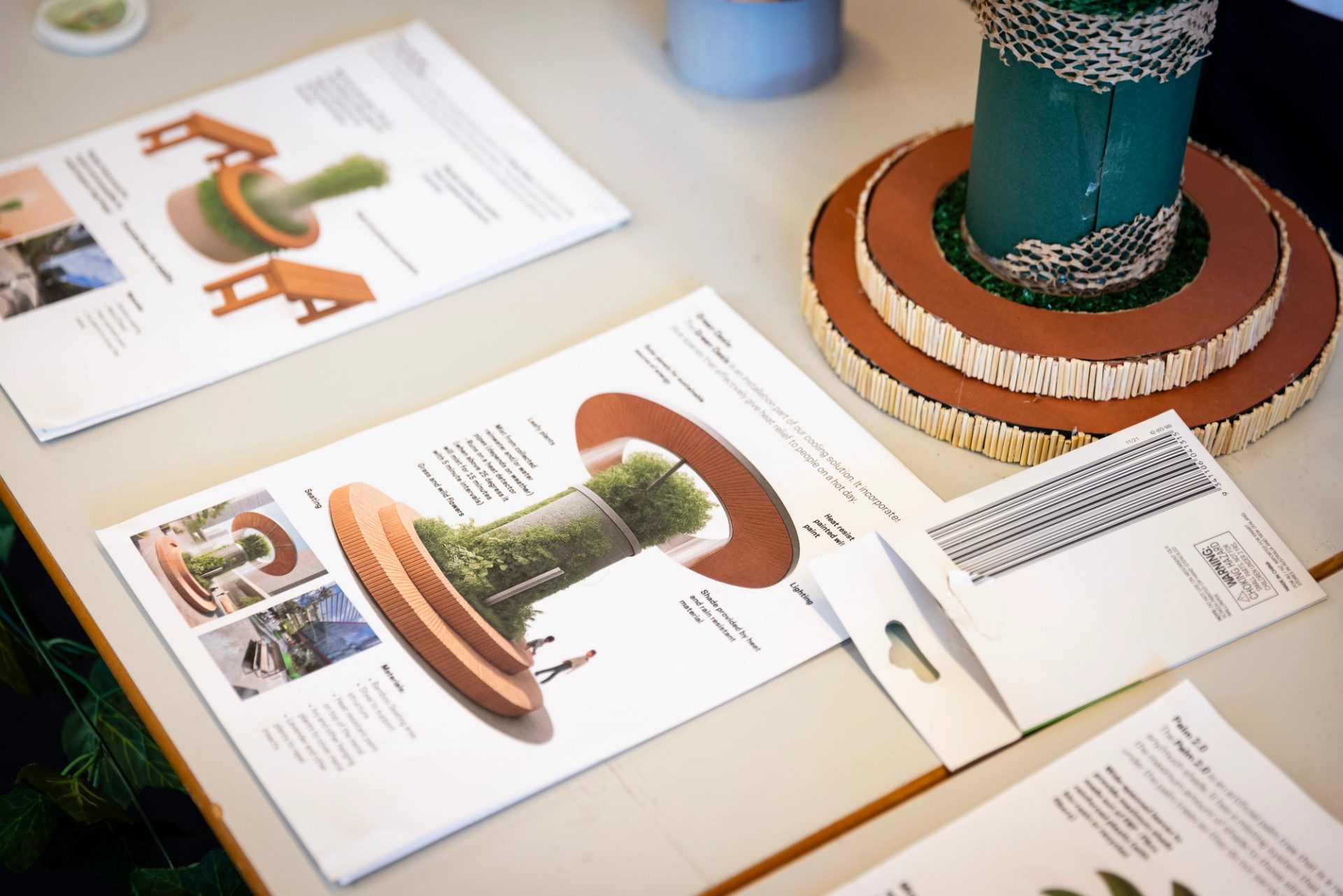
This breadth of response was partly a result of 50°C incorporating input from a range of partners. These included researchers from Western Sydney University, University of NSW and the University of Sydney, along with industry, advocacy groups and creative collaborators such as CSIRO, Western Sydney Regional Organisation of Councils, Sweltering Cities, Australian Youth Climate Coalition, Sydney Water, Greening Australia, Story Factory, Melbourne Megagames and me. These partnerships allowed the program to deliver innovative elements such as a game in which students can explore the impact of different policy responses by local government, alongside units exploring microclimates and data analysis, the health impacts of heat and environmental design solutions.
These elements were supported by the placement of doctoral students from Western Sydney University, University of NSW and the University of Sydney in schools. The doctoral students worked with the schools across the 10 weeks of the course, mentoring and assisting with the projects. Similarly, the course’s emphasis on Indigenous design perspectives was expanded by school visits by First Nations-led design studio Always Collective.
From the outset, the program was also designed to be highly flexible. ‘Each school chose to implement the program in a way that suited their context,’ says Poisel. ‘At three schools, a geography teacher and a science teacher worked together to deliver it. Several schools presented the program as a STEM unit, and one school implemented the program as a transdisciplinary project. The most exciting part about the summit was seeing the diversity of student projects that came from each school’s context, delivery and findings, and that this hadn’t been a one-size-fits-all approach to teaching and learning. Teacher autonomy and student agency and leadership were key to this program.’
Sebastian Pfautsch is Professor of Urban Planning and Management in the School of Social Sciences at Western Sydney University and one of the experts behind the trial. He says science and engineering have a crucial part to play in building a sustainable future:
‘If we want to adapt to climate change, we need people who understand physics, mathematics and chemistry. This program addresses head-on the continuing decline in student interest in STEM by putting technology and data into the hands of the kids and engaging them with science.’
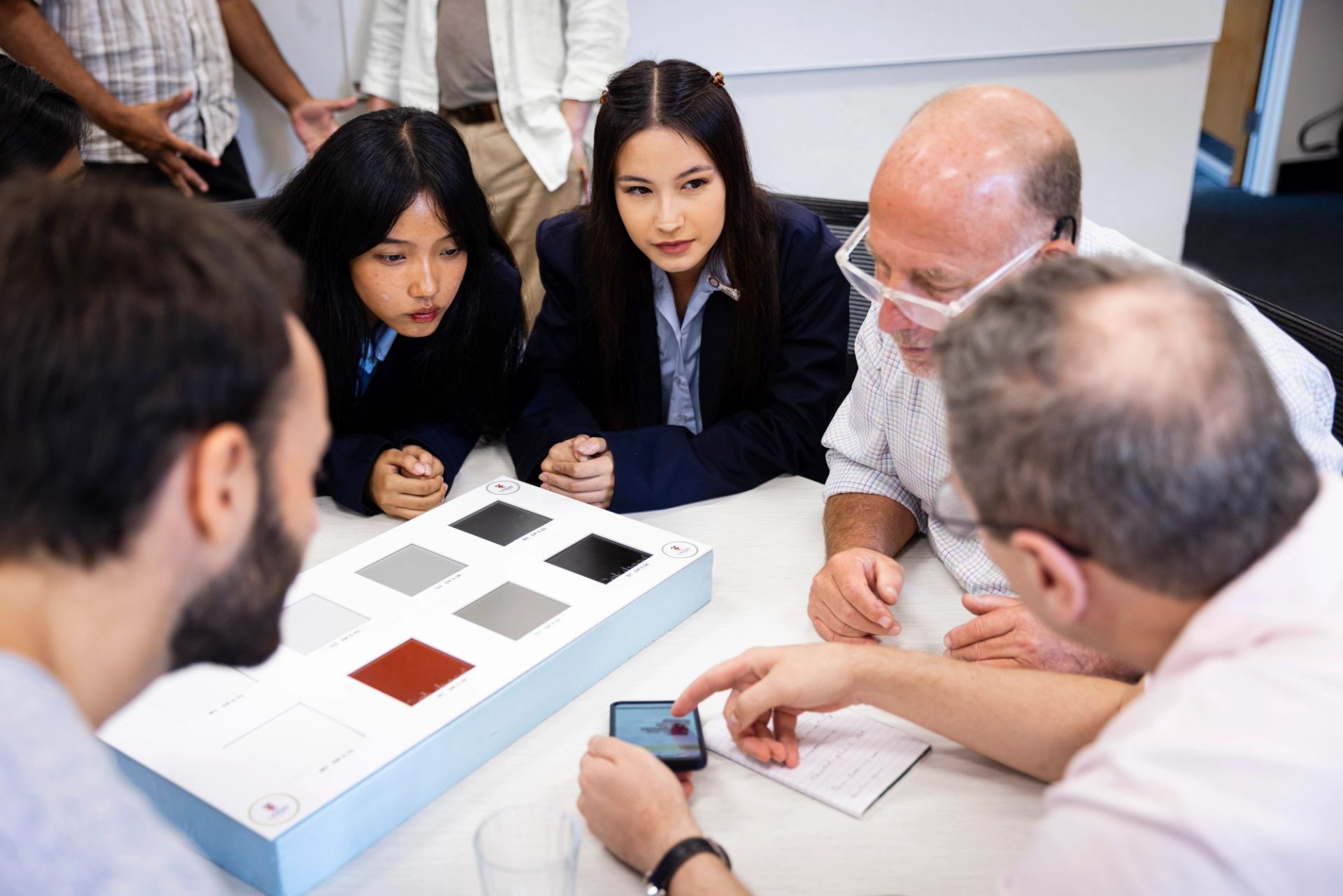
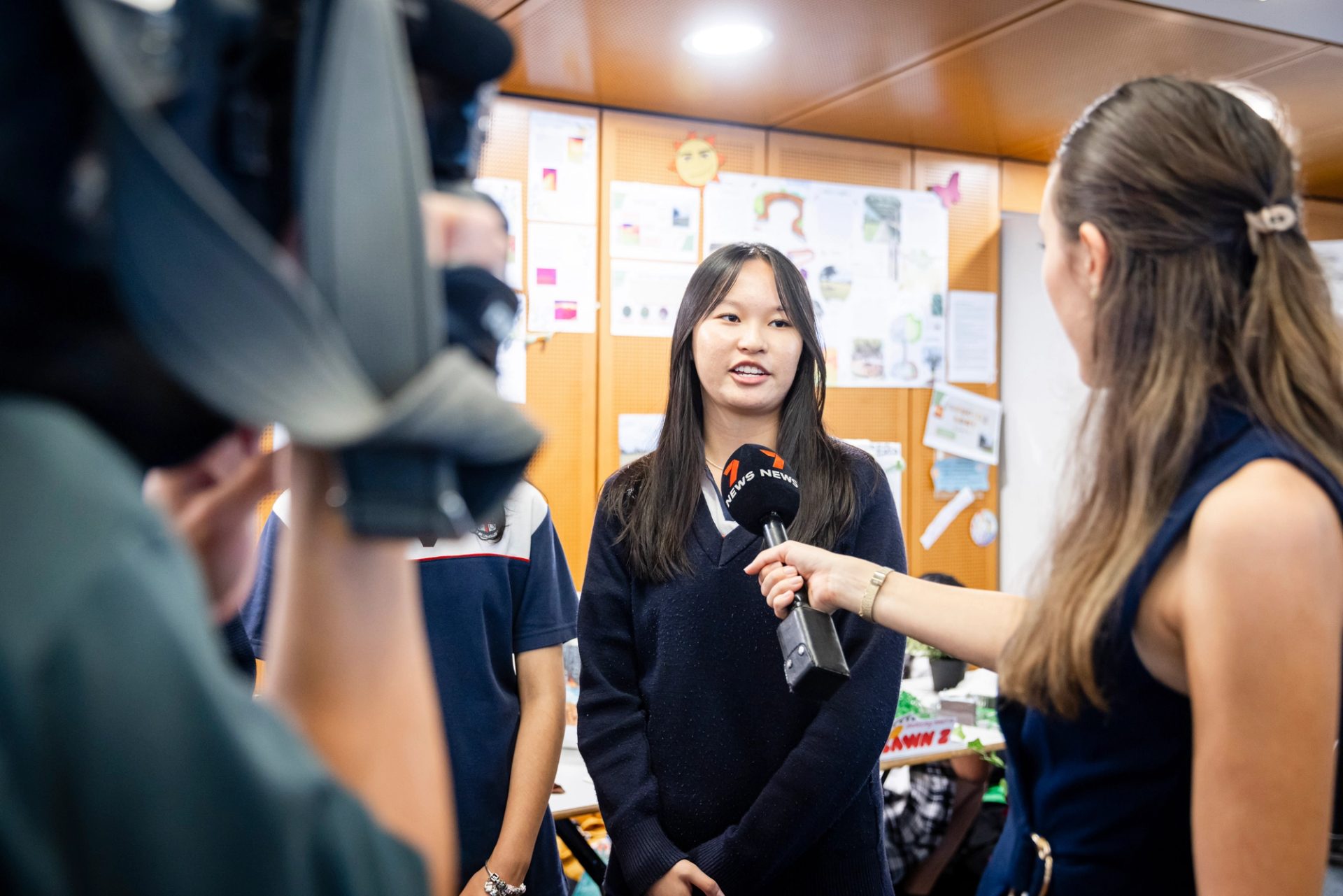
Even more importantly, the program empowered students by showing them it’s possible for them to drive change. Jack Tuxford, Stage 5 and 6 Geography Course Coordinator at The Ponds, says: ‘The impact on our students was remarkable. They developed a deep understanding of the causes and effects of urban heat, which inspired them to take meaningful action in pursuit of safer public spaces and communities.’
Liam Culhane, who teaches Human Society and its Environment at Doonside, says the experience was transformative for many of his students as well: ‘The kids who stepped up and presented these projects were not necessarily particularly extroverted, but their passion about what they were talking about meant they became leaders in their classrooms and were brave enough to get up and talk in front of hundreds of people at the summit. For me as a teacher, that’s a massive win.’
Martin Graham, Deputy Secretary, Teaching, Learning and Student Wellbeing at the NSW Department of Education, echoes these sentiments: ‘This initiative goes beyond academic achievement; it inspires our youth to address local problems, fostering a sense of responsibility and connection to their community.'
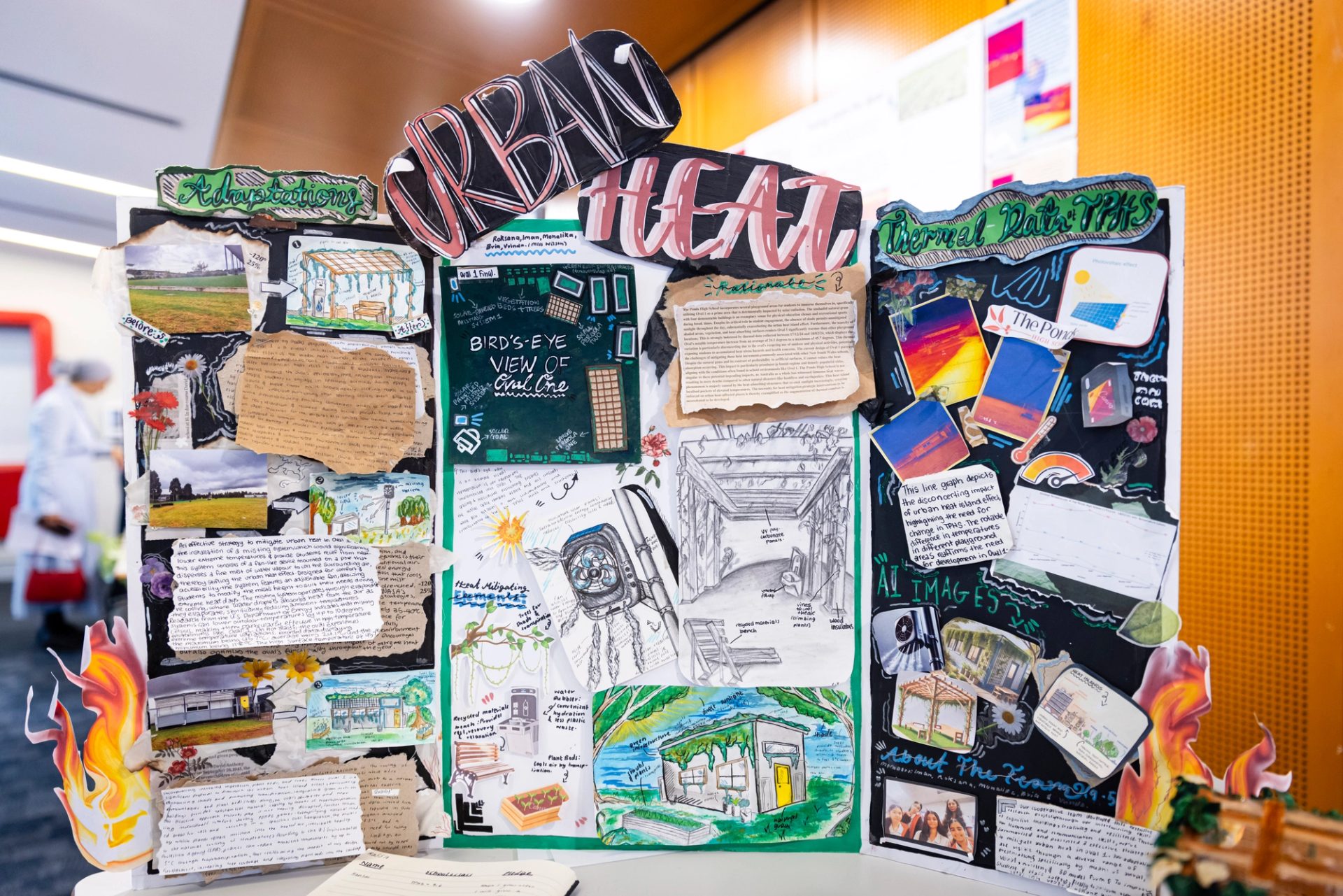
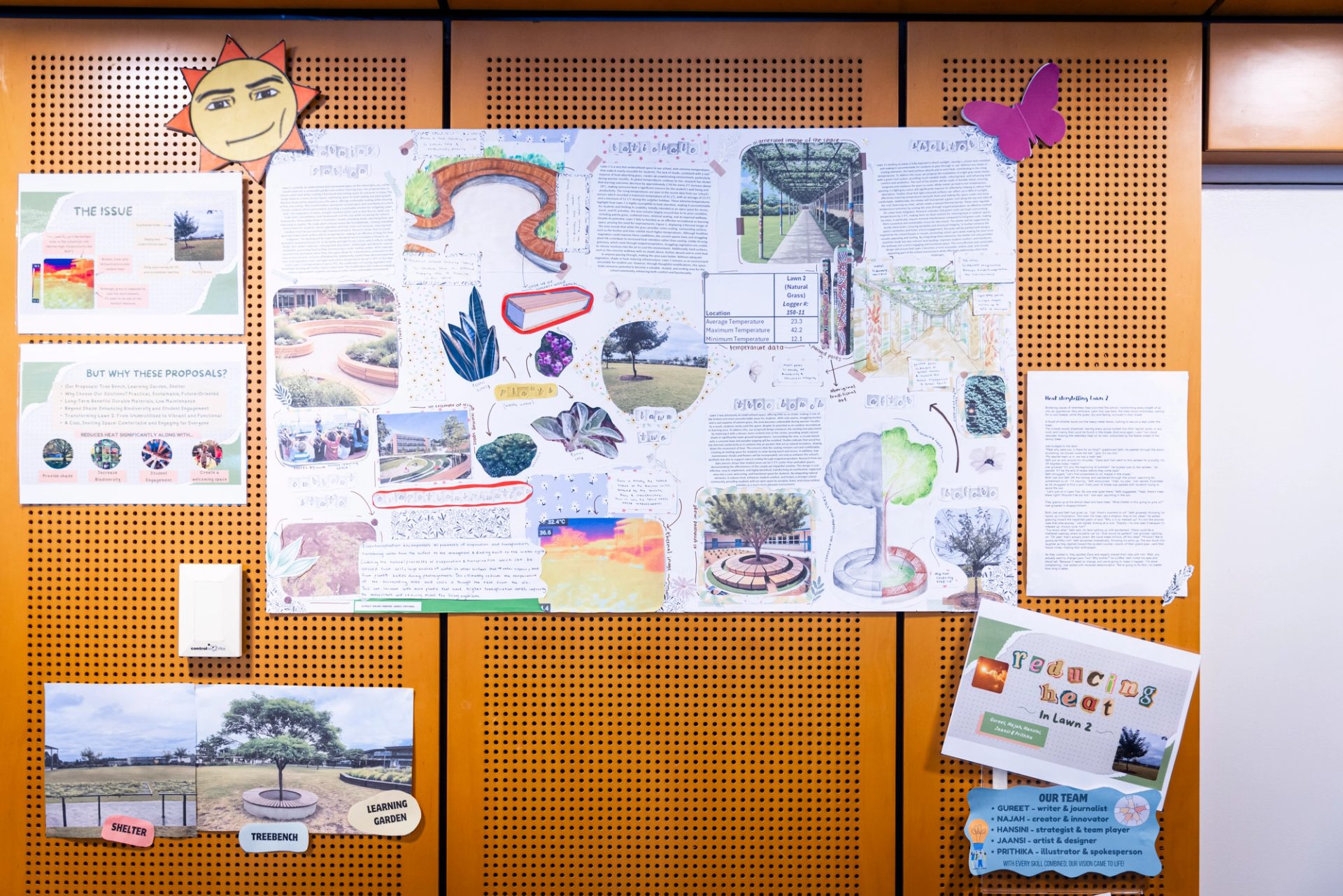
That passion is already translating into real-world action. At Seven Hills, students are working with Greening Australia’s Cooling the Schools program to introduce the shading system for their basketball courts. Doonside is implementing a five-year plan based on its students’ work. ‘The principal listened to the kids and their data was accepted,’ says Culhane. Similarly at The Ponds, the work carried out by students is being incorporated into the school’s planning. At Arthur Phillip, students are presenting their cooling plan to the Department of Education with a view to turning it into reality, while the data obtained during the initial phase of the program is being combined to allow schools to compare heat conditions on specific days. These successes are only the beginning: there are already plans to make the program a regular feature in Western Sydney schools and to expand it to other parts of the country.
For those who worked on 50°C, the response of the students has been inspiring. ‘When you work in this space it often feels like you’re going backwards instead of forwards,’ says Pfautsch. ‘But this was the complete opposite. Seeing the way the kids engaged gave me hope. It made me smile a lot. And it also made me incredibly proud, knowing that the entire project team and the teachers empowered these kids to take climate action. We need more projects like this one. They make a difference.’
Students agree. ‘One of the most important things I have learnt from this program is that change starts with us,’ says Aleesha Ayub from The Ponds. Cumberland High School’s Shiven Goel agrees: ‘Even if you’re not an adult or an expert on heat, you can still make a change in your community.’ Perhaps the most powerful endorsement for the initiative comes from Macarthur Girls students Anagha Thirumalai Srihari and Moshka Josh, who say: ‘Our plans don’t need more time, they need action … We may be simple Year 9s and 10s, but today we’ve proved that young voices can spark real change … The future isn’t something that we wait for, it’s something that we build. So let’s start building together now.’
Author
James Bradley is a writer and critic. His books include the novels Wrack, The Deep Field, The Resurrectionist, Clade and Ghost Species, a book of poetry, Paper Nautilus, and Deep Water: The World in the Ocean, which won the Douglas Stewart Prize for Non-Fiction at the 2025 NSW Literary Awards and a Gold Medal in the Nautilus Awards. His essays and articles also appear regularly in a wide range of Australian and international publications, and he has been shortlisted twice for the Bragg Prize for Science Writing, nominated for a Walkley, and in 2012 won the Pascall Prize for Arts Criticism. He lives in Sydney.
